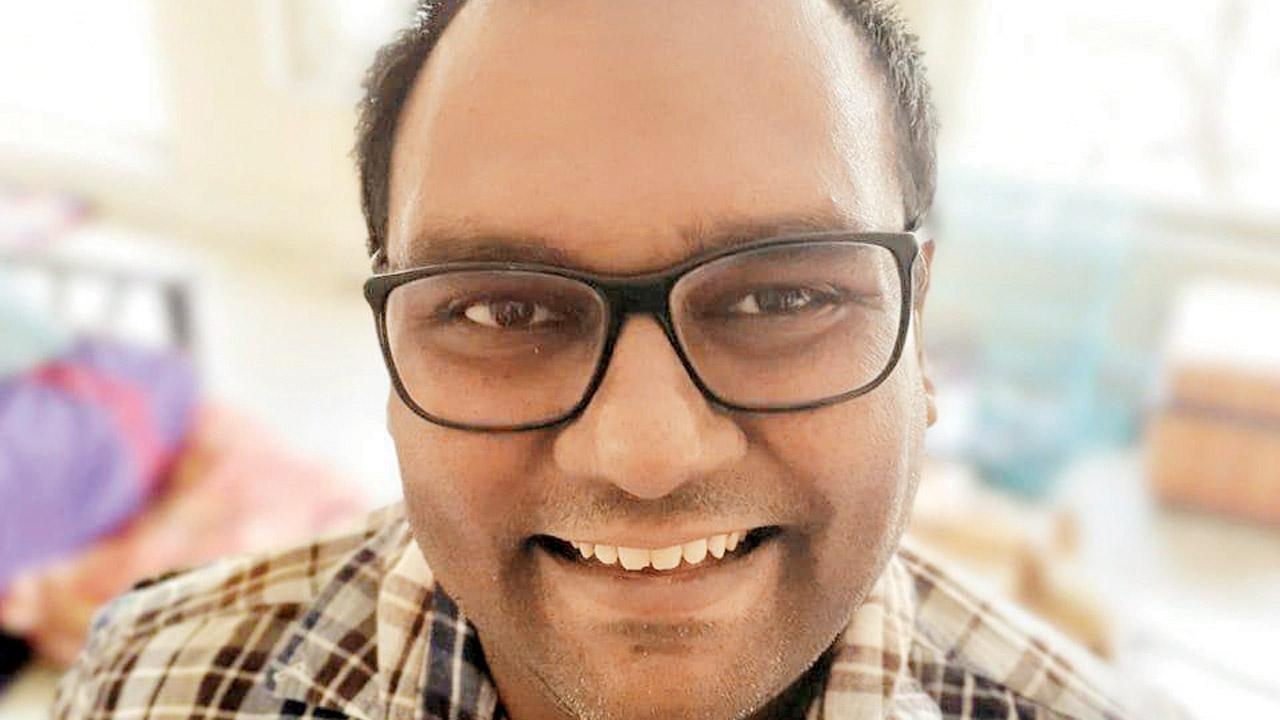During this workshop, an expert will show how maps help us better understand societal evolution through the ages

Al-Idrisi’s 12th-century map of the known world
It might seem as if they serve the simple purpose of helping a person gain an understanding of geographical boundaries, and get from one place to another easier. But there is a lot more to maps than just that, as archaeologist Dr Tathagata Neogi will explain at a workshop this week. In it, the co-founder of travel company Immersive Trails will teach participants how to read between the lines of historical maps, which will give them insight into how different societies evolved over time, and how different maps serve different purposes.
ADVERTISEMENT

Dr Tathagata Neogi
“We will talk about the 108 shakti peeths [pilgrimage destinations] for example, which serve as a way of understanding the mental mapping of the Subcontinent. We will also talk about aboriginal mapping systems, where they used landmarks for directions instead of pen and paper,” Neogi says, adding, “We will move chronologically, starting from the ancient Greeks to the Roman empire, looking at their worldview of South Asia, moving on to Arab maps and those made by colonial administrators, before ending with contemporary maps.”
Overall, the workshop will highlight how maps can help understand history better. It’s not just about getting from one place to another — maps are also about gaining a window into the past, as Neogi will demonstrate.
On: February 12, 7.30 pm
Log on to: immersivetrails.com
Cost: Rs 750
 Subscribe today by clicking the link and stay updated with the latest news!" Click here!
Subscribe today by clicking the link and stay updated with the latest news!" Click here!







